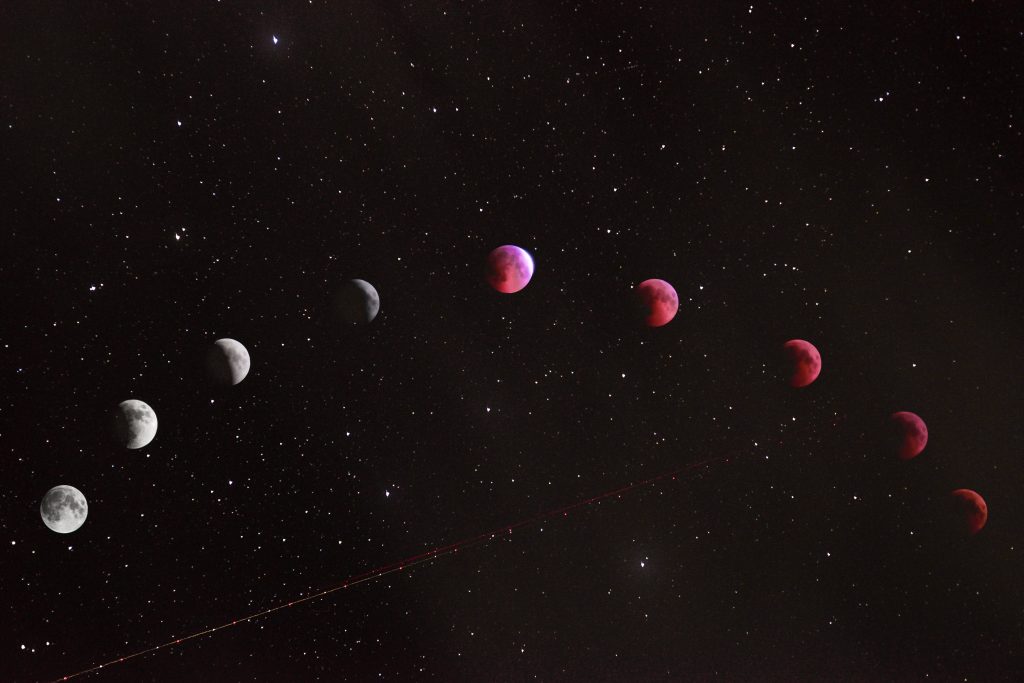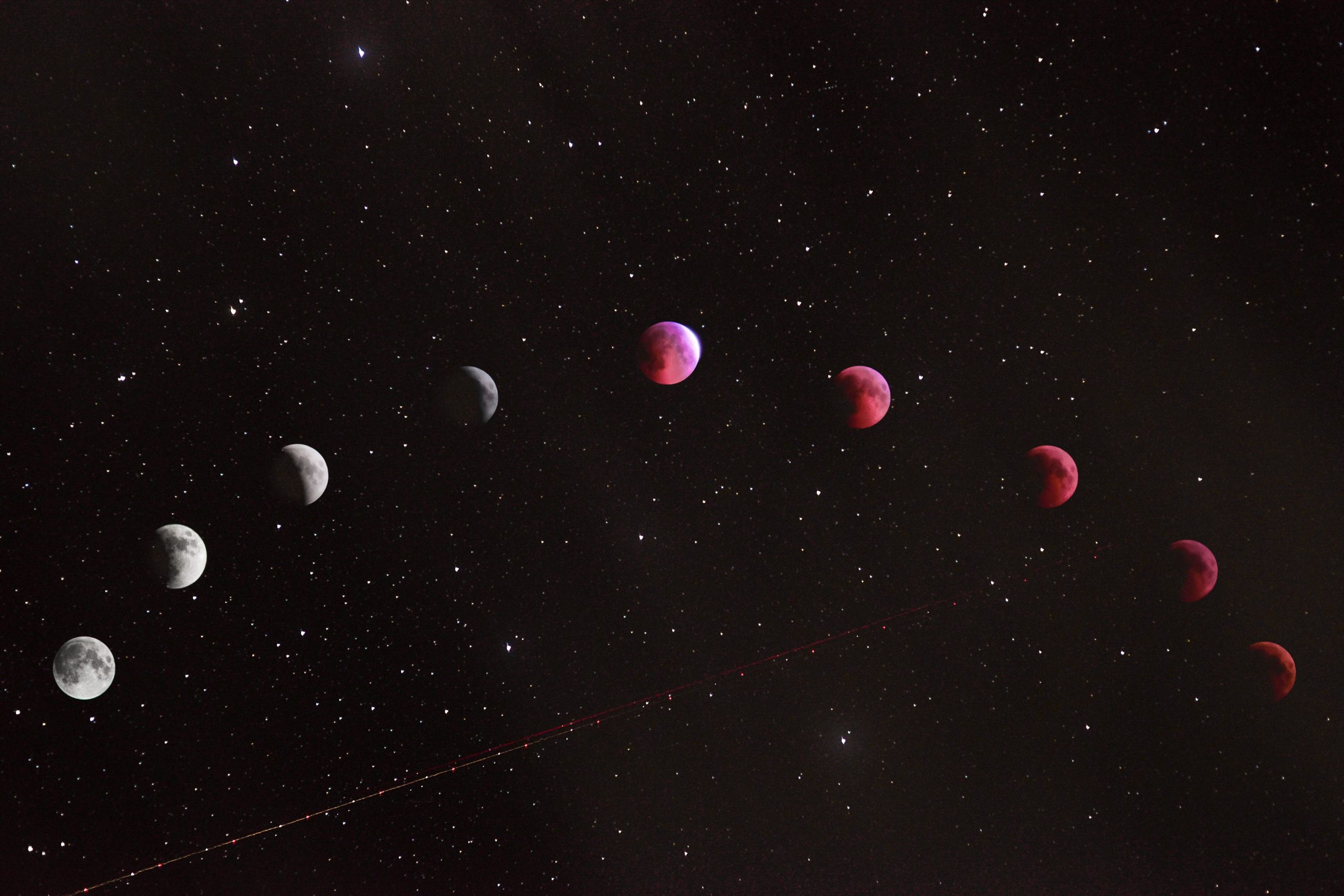Sure, here’s some friendly advice on using a star chart to locate celestial objects!
To use a star chart effectively, start by finding a clear spot outdoors away from bright city lights. On a clear night, hold the star chart up above your head, aligning it with the direction you’re facing. The star chart will typically show the night sky as it appears from a specific location and time. Look for familiar constellations or bright stars that you can spot with the naked eye, and use them as reference points. Then, match these reference points on the star chart with the corresponding stars or objects. By following the patterns and using the legends, you can identify and locate celestial objects such as stars, planets, and even distant galaxies.
Remember, using a star chart might take a bit of practice, so don’t get discouraged if it feels confusing initially. Try to familiarize yourself with the different constellations and spend some time stargazing to get comfortable with the night sky. Before you know it, you’ll become a pro at using a star chart to locate and enjoy the wonders of the universe!

1. Understanding Star Charts
1.1 What is a star chart?
A star chart, also known as a sky map, is a tool that helps you navigate and locate celestial objects in the night sky. It is essentially a map of the stars, constellations, and other astronomical objects that can be observed from Earth. Star charts are designed to represent the night sky as seen at a specific time and from a particular location on Earth.
1.2 Types of star charts
There are various types of star charts available for different purposes and skill levels. Some common types include planispheres, which are circular disks that can be rotated to match the date and time; computer-generated star charts that can be displayed on electronic devices; and printed star atlases, which provide more detailed information and are often used by advanced astronomers.
1.3 Components of a star chart
A star chart typically includes a grid that represents the celestial sphere, with lines indicating the celestial equator, ecliptic, and meridians. It also features symbols or illustrations representing stars, constellations, planets, and other celestial objects. The chart may also include additional information such as the names of stars and constellations, magnitude and brightness indicators, and a legend for the symbols used.
2. Preparing Your Star Chart
2.1 Choosing the right star chart
When selecting a star chart, consider your experience level and the specific celestial objects you are interested in observing. Beginners may find it helpful to start with simpler, more basic charts that focus on well-known constellations. Advanced astronomers may prefer charts that provide more detail and are suited for specific purposes, such as locating deep-sky objects or tracking meteor showers.
2.2 Familiarizing yourself with the chart
Before using your star chart, take some time to familiarize yourself with its layout and symbols. Study the legend to understand the meaning of the various symbols used to represent stars, constellations, and other objects. Identify the major constellations and stars that are easily recognizable, as these will serve as reference points when locating other objects in the night sky.
2.3 Determining the date and time
To effectively use a star chart, you need to know the date and time for which it is calibrated. This is important because the positions of celestial objects change over time due to the Earth’s rotation and its orbit around the Sun. Make sure to set your star chart to the correct date and time to ensure accurate observations.
2.4 Locating your latitude and longitude
Star charts are location-specific, meaning they are designed for a particular latitude and longitude. To use a star chart effectively, you need to know the coordinates of your observing location. You can find this information using online tools, smartphone apps, or by consulting maps or GPS devices. By inputting your latitude and longitude, you can ensure that the star chart accurately represents the night sky visible from your position.
3. Using a Star Chart on a Clear Night
3.1 Identifying prominent constellations
On a clear night, a star chart can help you identify and locate prominent constellations visible in the night sky. Start by finding well-known constellations such as Ursa Major (the Great Bear), Orion, or Cassiopeia. These constellations often serve as starting points for navigation, as they are easy to locate and can guide you to other objects of interest.
3.2 Orienting the chart with the night sky
To use a star chart effectively, you need to align it with the actual night sky. Hold the star chart above your head and rotate it until the cardinal directions on the chart match those in the sky. The north-south direction can be determined using the North Star (Polaris) or by using a compass. Once properly oriented, the chart will accurately represent the night sky visible from your location.
3.3 Understanding magnitude and brightness
When using a star chart, it’s essential to understand the concepts of magnitude and brightness. Magnitude is a measure of a star’s apparent brightness, with lower values indicating brighter stars. The star chart will indicate the magnitudes of the stars represented, allowing you to identify the brightest or faintest stars visible in a specific area of the sky. Understanding magnitude can help you locate and differentiate between stars of varying brightness.
3.4 Using a red flashlight or light filter
To preserve your night vision and prevent the chart from being overpowered by artificial light, it is recommended to use a red flashlight or a red light filter. Red light has a longer wavelength and is less likely to interfere with your vision in the dark. By using a red light source, you can consult your star chart without compromising your ability to see faint stars and other celestial objects.
4. Locating Celestial Objects with a Star Chart
4.1 Locating specific stars
With a star chart, you can easily locate and identify specific stars in the night sky. Using the chart’s grid and provided coordinates, navigate to the desired area of the sky and look for the corresponding symbol or label representing the star. By aligning the stars depicted on the chart with the actual stars in the sky, you can pinpoint and observe individual stars of interest.
4.2 Finding planets
Star charts can also aid in locating planets visible to the naked eye. The chart will indicate the positions of the planets in relation to the stars and other celestial objects. By consulting the chart and using your knowledge of the current date and time, you can identify the planets that are currently visible and determine their approximate positions in the night sky.
4.3 Spotting deep-sky objects
Deep-sky objects, such as galaxies, nebulae, and star clusters, can also be located using a star chart. These objects may not be visible to the naked eye, but with the help of a star chart, you can pinpoint their approximate locations in the sky. By using the chart’s grid and reference points, you can navigate to the general area where these objects are located and then use binoculars or a telescope to observe them.
4.4 Tracking meteor showers
Star charts are invaluable tools for tracking and observing meteor showers. These charts often indicate the radiant point, the area of the sky from which the meteors appear to originate. By consulting a star chart and locating the radiant point, you can determine the direction in which to look to maximize your chances of spotting meteors during a shower. Additionally, the chart may provide information on the peak times for optimal meteor shower viewing.

5. Advanced Techniques for Using Star Charts
5.1 Star-hopping
Star-hopping is a technique used by advanced astronomers to navigate the night sky using star charts. It involves using easily identifiable stars as guideposts to locate more challenging celestial objects. By moving systematically from one star to another, you can gradually navigate to your target object. Star-hopping is particularly useful when locating faint or less-known objects that may not be easily visible without a reference point.
5.2 Understanding coordinate systems
To make the best use of star charts, it’s essential to understand the coordinate systems they employ. The celestial coordinate system uses declination and right ascension to pinpoint the positions of stars and other objects in the sky. Declination is similar to latitude on Earth, while right ascension is akin to longitude. Familiarizing yourself with these coordinate systems will enhance your ability to accurately interpret and navigate star charts.
5.3 Using a planisphere
A planisphere is a handy tool that combines a star chart with a rotating disk. The disk can be adjusted to match the date and time, providing a real-time representation of the night sky. Planispheres are an excellent resource for beginners and can help users quickly identify constellations and locate specific stars and objects. They are highly portable and offer an interactive way to explore the night sky.
5.4 Incorporating smartphone apps
In today’s digital age, there are numerous smartphone apps available that can enhance your star chart experience. These apps utilize your device’s GPS capabilities to determine your location and provide real-time star charts. They often include augmented reality features that overlay the chart onto the live camera feed, making it easier to identify and locate celestial objects. Additionally, many apps offer additional information, such as detailed descriptions, imagery, and audio guides to enrich your stargazing experience.
6. Troubleshooting Common Issues
6.1 Light pollution
Light pollution can severely impact your ability to observe celestial objects. It is caused by artificial light sources that illuminate the night sky and make it difficult to see stars and faint objects. If you live in an area with significant light pollution, consider traveling to a darker location or using light pollution filters to mitigate its effects. Additionally, star charts can still be useful for identifying and locating brighter stars and planets, even in areas with high light pollution.
6.2 Weather conditions
Weather conditions can also affect your ability to use star charts effectively. Cloudy or overcast skies can obstruct your view of the stars and make it challenging to observe celestial objects. It is best to choose clear, cloud-free nights for stargazing and using star charts. If the weather conditions are unfavorable, you can use star chart apps or websites to explore the night sky virtually from the comfort of your home.
6.3 Telescope alignment issues
If you are using a telescope alongside your star chart, it is crucial to ensure proper alignment. Misalignment can lead to inaccurate observations and difficulty locating celestial objects. Follow the instructions provided by your telescope manufacturer to align it correctly with the night sky. By aligning your telescope and star chart, you can effectively locate and observe the objects of interest.
6.4 Dealing with limited visibility
Limited visibility can occur due to various factors such as haze, fog, or high atmospheric humidity. In such situations, it may be challenging to see stars and dim objects even with the help of a star chart. If visibility is significantly limited, it is advisable to postpone your observation to a night with clearer conditions. Patience is key, and waiting for optimal visibility will enhance your stargazing experience.

7. Tips for Beginners
7.1 Start with easily recognizable objects
For beginners, it is recommended to start by identifying and observing easily recognizable objects in the night sky. These include bright stars, prominent constellations, and the Moon. Starting with familiar objects helps build confidence and provides a foundation for navigating the night sky using a star chart.
7.2 Experiment with different magnifications
If you have a telescope, try experimenting with different magnifications when observing celestial objects. Higher magnifications can bring out more details in planets and certain types of deep-sky objects. However, keep in mind that higher magnifications can also reduce the field of view and make it harder to locate objects using a star chart. Finding the right balance between magnification and field of view is key.
7.3 Join local astronomy clubs
Joining local astronomy clubs or societies can greatly enhance your stargazing experience. These groups often organize regular stargazing events, where you can learn from experienced astronomers and gain valuable insights into using star charts and observing celestial objects. Additionally, the sense of community and shared passion for astronomy can make stargazing even more enjoyable.
7.4 Keep a sky observation journal
Keeping a sky observation journal can be a fun and helpful way to document your stargazing experiences. Record the date, time, location, and objects observed during each observation session. You can also include sketches, notes, and any interesting observations or thoughts. Over time, your journal will serve as a personal record of your stargazing journey and help you track your progress in using star charts.
8. Safety Considerations
8.1 Protecting your eyes
When observing the night sky, it is crucial to protect your eyes from excessive exposure to bright lights or the Sun. Never look directly at the Sun, even briefly, as it can cause severe damage to your eyes. When using a flashlight or other light source, avoid shining it directly into your eyes or those of others. If needed, use a dim red light to read your star chart and preserve your natural night vision.
8.2 Dressing appropriately for night sky observation
When stargazing, it is important to dress appropriately for the weather conditions. Nights can be chilly, even in warm climates, so wearing multiple layers is advisable. Consider using a blanket or reclining chair for added comfort during longer observation sessions. Additionally, apply insect repellent if necessary, as some stargazing locations may be prone to mosquitoes or other insects.
8.3 Being aware of your surroundings
When observing the night sky, it’s essential to be aware of your surroundings and potential hazards. Choose a safe and open area away from obstructions, such as trees or buildings, to ensure an unobstructed view of the sky. Be mindful of any uneven terrain or potential trip hazards in the area. If observing alone, inform someone of your plans and location, especially if you are venturing into remote areas.
8.4 Taking precautions during astronomical events
During astronomical events, such as eclipses or meteor showers, take extra precautions to ensure your safety. Follow recommended guidelines and advice from reputable sources to protect your eyes and observe these events safely. Use approved solar filters for viewing solar eclipses and consult experts or reliable sources for specific safety measures related to each event.
9. Frequently Asked Questions
9.1 Can star charts be used anywhere on Earth?
Yes, star charts can be used anywhere on Earth, as long as they are calibrated for the specific latitude and longitude of the observing location. By adjusting the star chart according to your coordinates, you can accurately represent the night sky visible from your position.
9.2 Can I use a star chart without a telescope?
Absolutely! Star charts are particularly useful for naked-eye observations. They help you identify and locate stars, constellations, and planets visible without the need for a telescope. However, if you do have a telescope, a star chart can still be a valuable tool for finding specific objects in the sky.
9.3 How accurate are star charts?
Star charts are accurate representations of the night sky as seen from a specific location on Earth at a given date and time. However, it’s important to remember that the positions of celestial objects can change due to the Earth’s rotation and its orbit around the Sun. As a result, while star charts provide a reliable starting point for locating objects, their accuracy may decrease over time.
9.4 Can I locate satellites using a star chart?
While star charts primarily focus on stars, constellations, and other celestial objects, they can also be used to locate certain satellites. Some satellites, such as the International Space Station (ISS) or specific satellite formations like the Starlink constellation, can be visible to the naked eye. Star charts can help you determine the time and location to look for these satellites in the night sky.
10. Conclusion
Using a star chart is an excellent way to navigate and explore the wonders of the night sky. Whether you are a beginner or an experienced astronomer, understanding how to properly use a star chart can enhance your stargazing experience and open up a world of celestial exploration. Remember to choose the right star chart, familiarize yourself with its layout, and prepare for optimal stargazing conditions. With a star chart in hand, you can confidently locate and observe stars, constellations, planets, and other celestial objects, immersing yourself in the beauty and vastness of the universe. Happy stargazing!











